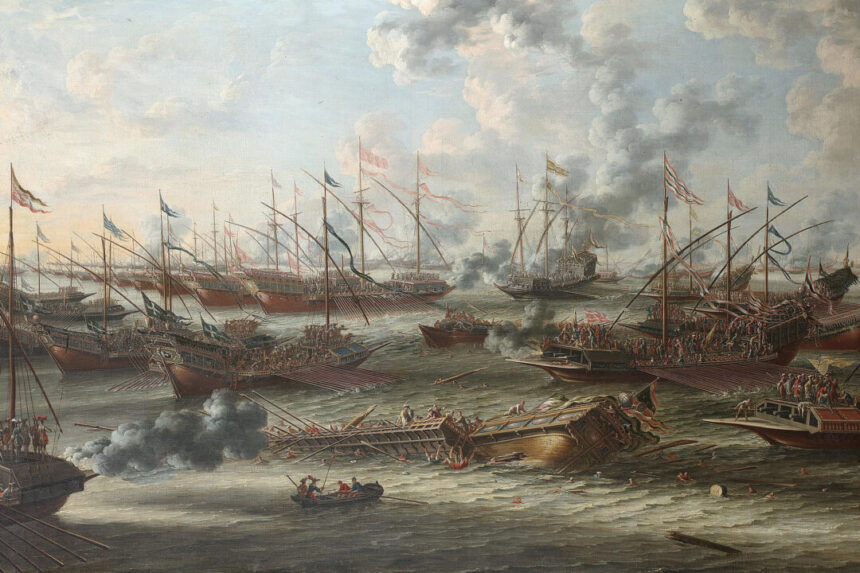Commentary
The rise of the Ottoman Turks as a dominant power in the Middle East and the Mediterranean began in the 1370s. Over the years, they pushed back Christian and Muslim opponents, culminating in the fall of Constantinople in 1453 and the capture of Egypt, Arabia, and the Sunni Caliphate in 1517. By 1522, they had expelled the Knights of St. John from Rhodes and had even reached the gates of Vienna in 1527.
The Ottoman fleets, along with their North African allies, posed a significant threat to the Christian Mediterranean coastline. Their emperor, ruling from the Topkapi Palace, controlled territory stretching from the Atlantic to the Euphrates and had ambitions of expanding further, including a possible invasion of southern Italy.
Pope Pius V recognized the need for a united Christian front against the Turks and worked to form a coalition known as the “Holy League” in 1571 to defend Cyprus. This alliance included ships from Spain, Venice, Genoa, the Knights of St. John, the Papal States, and Florence, with Don John of Austria leading the efforts to maintain unity.

The aftermath of the battle led to the establishment of the Feast of Our Lady of the Rosary, attributed to the intercession of the Blessed Virgin Mary. This celebration continues to hold significance in the Catholic world, with churches dedicated to Our Lady of Victory or Our Lady of the Rosary.
Views expressed in this article are opinions of the author and do not necessarily reflect the views of The Epoch Times.
Please rewrite the following sentence:
Original: “The students were excited about the upcoming field trip to the museum.”
Rewritten: “The students were eagerly anticipating the upcoming museum field trip.”
Source link





